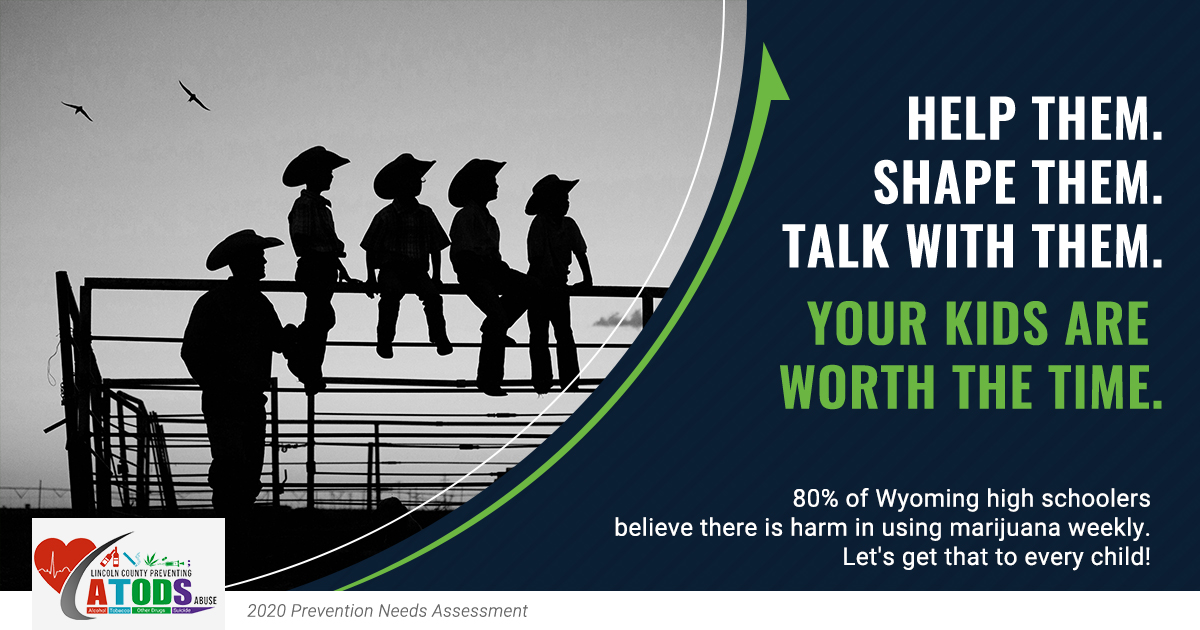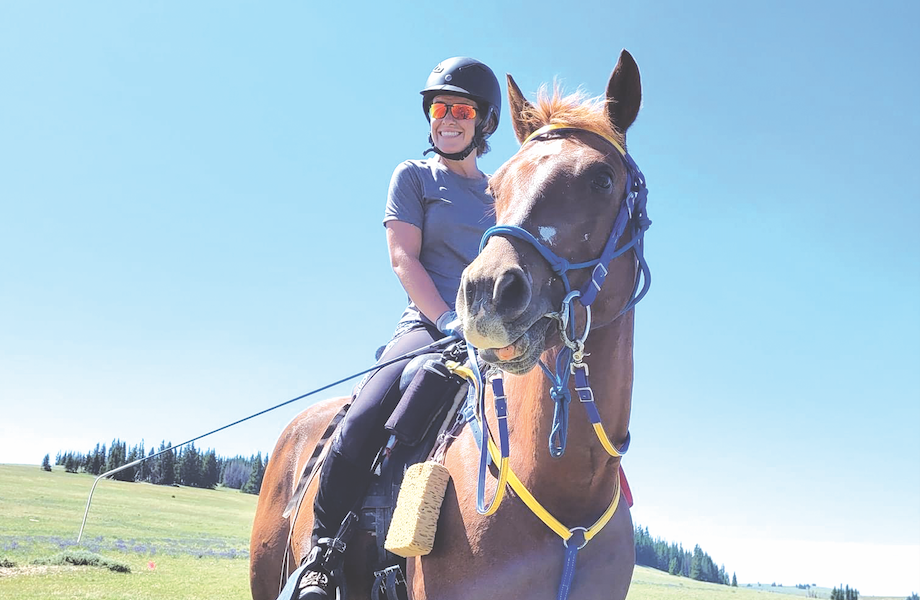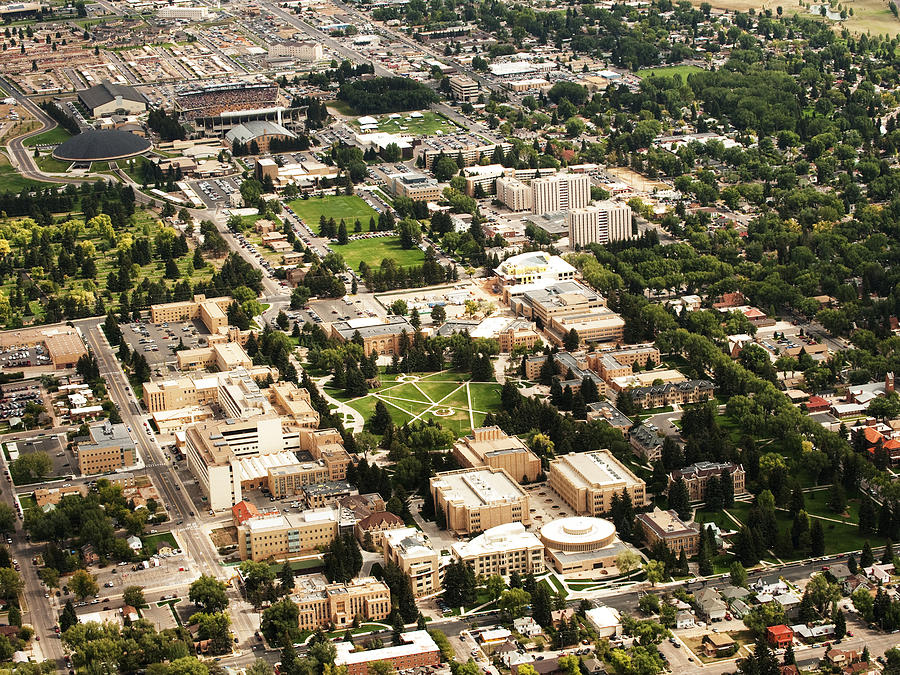
◆ “Pioneer” certification up next for area rider.
Lauren Coziah is a perfect example of not settling for a simple ride in the pasture. A couple of years ago while in the mountains with a horse she made a bit of a realization.
“This horse happened to be excellent in the mountains,” she said. “I remembered that I had heard about endurance riding from a friend as a kid and it sounded interesting. With this horse I thought I should go learn more about it.”
So that’s how Coziah joined the American Endurance Ride Conference (AERC). Up next was learning more about things from someone who had been around the block.
“I ended up finding a mentor in Cody by the name of Cindy Collins,” Coziah stated. “She encouraged me to get on my horse and just put some miles on her and get ready for my first endurance ride.”
So that’s how Coziah found herself in the City of Rocks National Preserve in Idaho where she and her horse easily knocked out the 25-mile first day.
“We managed to make it through,” she said. So we did the next day with 30 miles and came back on the third day and we did another 25 and she came through looking great.”
Endurance riding can take place in a lot of different environments. For this first outing the terrain was filled with hills and very few flat sections.
“Other rides in the Big Horn Basin and in the desert are real flat but you do have to contend with the heat,” she said. “A lot of them have decent elevation change. It’s not flat-track racing at all.”
According to Coziah, riders must condition their horses to get them ready for the race. And on race days, the animal must be tended to by a veterinarian to ensure they are in no danger.
“There are recovery rates and metabolic clearances to make sure the horse is going to be 100-percent okay,” she said. “You are riding further and faster and getting to the day when your horse can continue. If you come in and your horse is lame you are pulled and you don’t complete. The same goes for recovery. There is definitely a lot that goes into it. It’s a lot of fun but it’s a lot of work.”
Two weekends ago, Coziah completed her first 100-mile ride which was based out of Shell, Wyoming
“It’s a massive ride and I had no idea it even existed,” she said. “It’s one of the toughest in the nation. We completed that and it was a great experience.”
So if this sounds interesting to you, how does one get involved?
“The first thing I would do if anyone is interested. I would go to aerc.org,” she said. “Make contact with the organization. I would say I’m pretty new to the sport; this is only my fourth season. I would encourage people to have someone who has 10,000 or 15,000 miles and been doing it for ten years first. You don’t need to buy anything special. If you have a sound horse in your pasture just pull them out and start riding. I was conditioning about three days a week and my rides were between 10-15 miles apiece. If you’re riding with some regularity, there’s no reason you can’t go do a 15 miler right now. So long as you’re willing to put yourself through that.”
Up next for Coziah is a Pioneer certification which consists over 150 miles in a three-day period. It’s a challenge she hopes to complete in October.
“My horse has about six weeks off right now,” she concluded. “But we’re looking forward to that first Pioneer ride.”







